
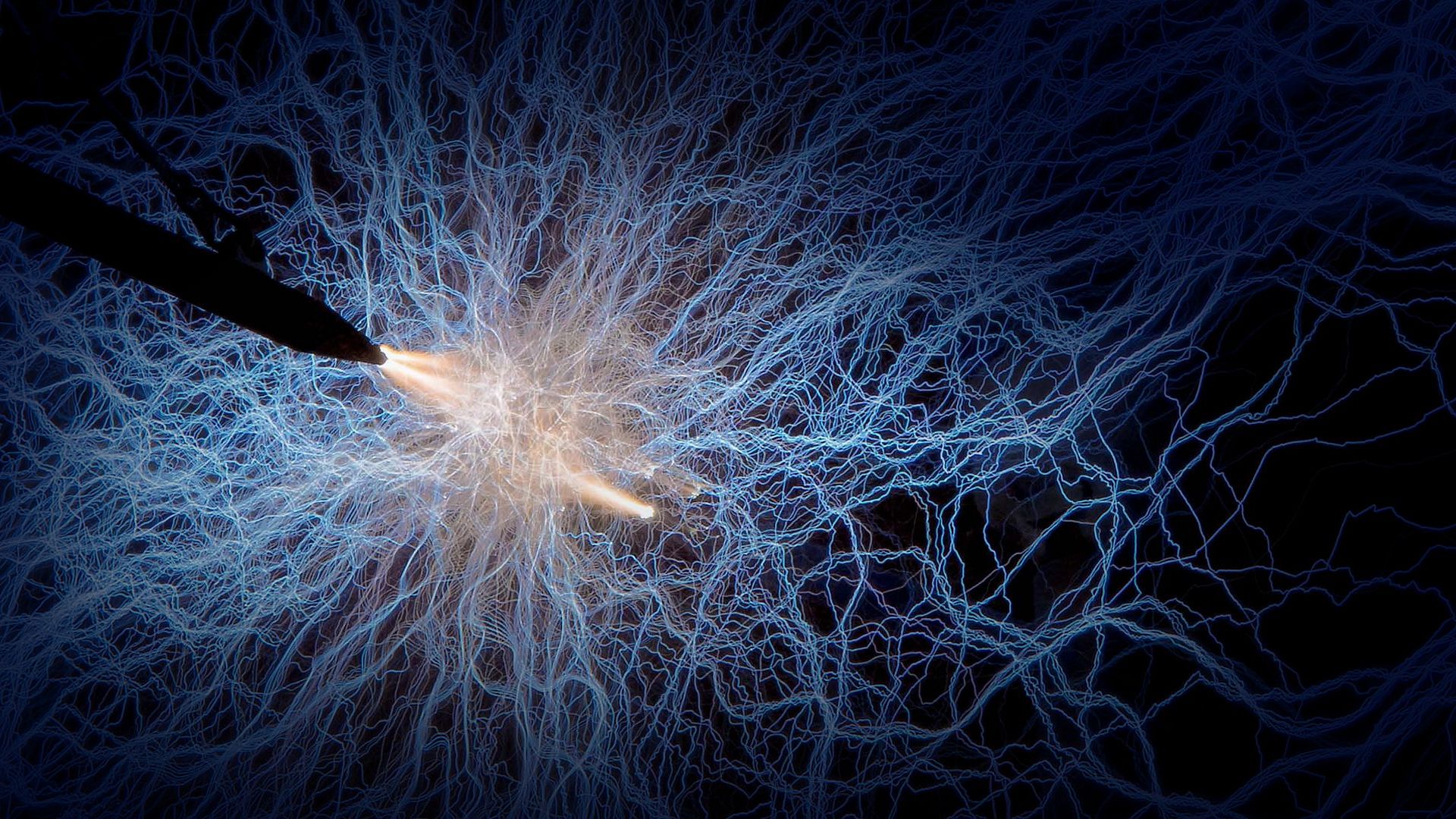
Photo: Deutsches Museum
Materials Energy Production
Electric Power – the universal form of energy
We all use electricity to generate heat or cold, for lighting and to operate machines, equipment and computers. The exhibition shows how electricity is generated and distributed.
What is electric power?
As electrical energy is a universal and convenient form of energy, it has quickly spread worldwide. Electricity consumption will increase further in the future in order to lower the total energy requirement and thus to drastically reduce our carbon footprint.
The current exhibition contains two rooms and presents the generation and distribution of electrical energy as well as its conversion for the consumer. Historic exhibits from the three major areas of electrical engineering, electrical systems engineering and high-voltage technology open up key perspectives on these subareas.
1800Alessandro Volta generated direct current with a battery for the first time.
1866Werner von Siemens develops the first dynamoelectric machine.
1882Test of the first 2 kV direct current transmission between Miesbach and Munich.
Exhibition themes
Commemorative plaque to the first long-distance energy transmission from Miesbach, Germany to Munich in 1882 (Oskar von Miller) with 1,400V. Photo: Deutsches Museum | Christian Illing
Direct current
Alessandro Volta generated direct current with a battery for the first time in 1800. Around 70 years later, it became apparent that this direct current can be generated much more cheaply with dynamos. From the 1880s, the first systems were set up primarily for lighting purposes as a direct current network. From around 1900, alternating current made the most of its advantages and direct current was restricted to niche applications for a long time. In recent years, it has been experiencing a renaissance.
Umbrella-type generator for 3,000kVA with guide vane control of a Kaplan turbine, 1953 (original). Photo: Deutsches Museum | Christian Illing
Alternating and three-phase current technology
Direct current is not transformable and this restricts the range of the supply. The invention of the transformer in around 1885 made a low-loss transmission with a high alternating voltage possible. However, there were initially no suitable motors for this type of current.
The 15kV energy transmission from the Neckar power station in Lauffen, Germany to the International Electrotechnical Exhibition in Frankfurt, Germany in 1891 proved the cost-effectiveness of three-phase current. Nowadays, three-phase current dominates electrical engineering throughout the world.
Photo: Deutsches Museum | Christian Illing
Power stations
The power stations’ generators transform kinetic energy, which is generally generated by steam turbines, into electrical energy. There are also hydroelectric and wind power stations. In order to secure the energy supply in conjunction with other power stations, the generation of electricity must be regulated.
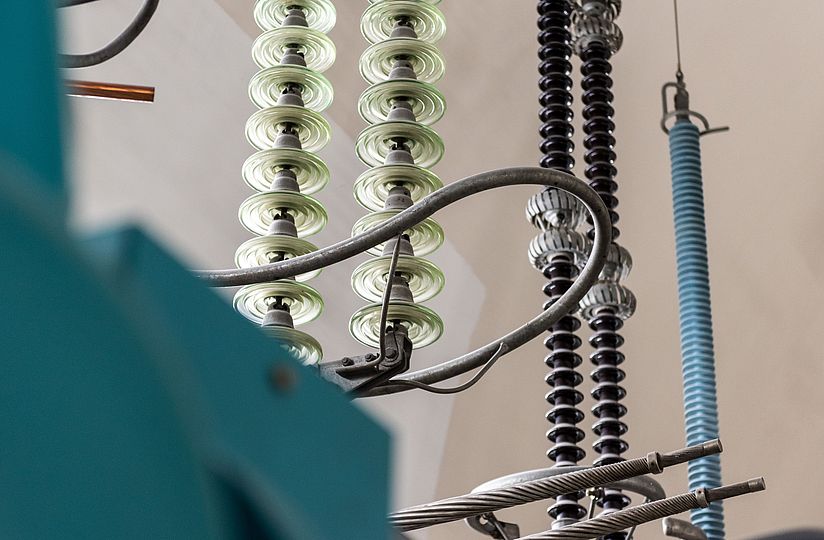
Photo: Deutsches Museum | Christian Illing
Power grids for the distribution of electrical energy
Power grids consist of cables or overhead lines as well as substations with transformers, switches, busbars and transducers. They transmit the electrical energy from the power stations to the consumers. The exhibition presents examples of all the important components – often as a cross-section to give you an insight.
Inside the Electric Power Exhibition
Guided tour through the exhibition
Brief tour through the electric power exhibition
During the tour, curator Frank Dittmann shows some highlights of the Electric Power exhibition. The film is currently only available in German.
Lightning show
Demonstration of the high-voltage installation
Short video containing highlights of the demonstration of our high-voltage installation. The film is currently only available in German.
Virtual Tour
Discover the exhibition in 360°: click the mouse or touch the screen to look around in any direction. The virtual tour also includes text, films and audio information for many of the exhibits.
Virtual Tour through the Electric Power Exhibition
Any questions?
![]()
Dr. Frank Dittmann
Curator
Energy Technology, Heavy Current Technology and Automation DepartmentDeutsches Museum
80306 MünchenTelephone +49 89 2179 370
Fax +49 892179 99350
Email f.dittmann@deutsches-museum.de
Do you have organizational questions?
Cornelia Schubert
Assistance to department heads, main department heads and curators
Susanne Schmölz
Assistance to department heads, main department heads and curators








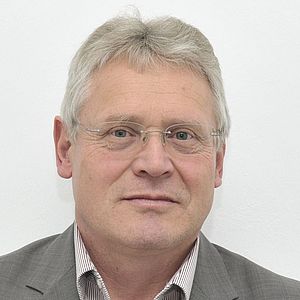
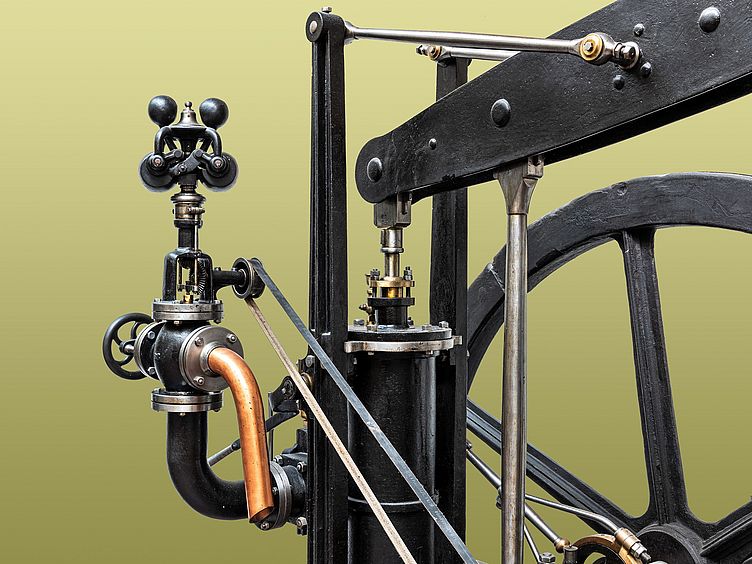
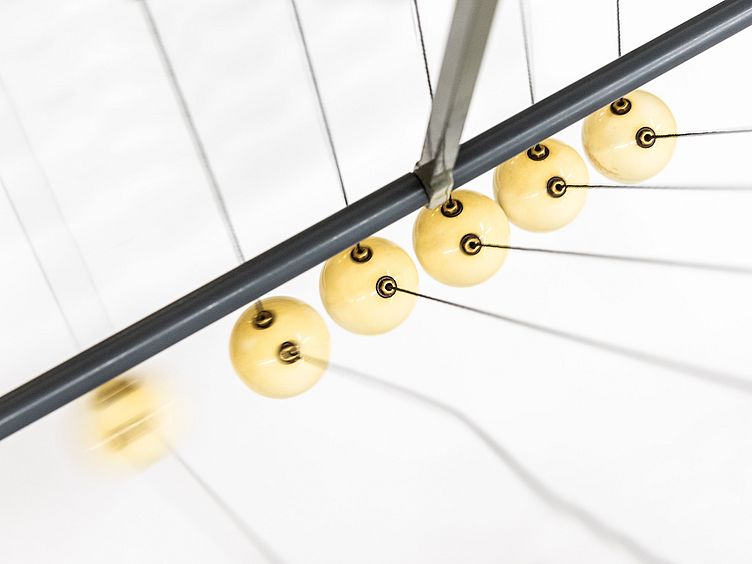

![[Translate to English:] Das System Erde dargestellt durch verschiedene Globen.](/assets/_processed_/a/8/csm_Ausstellung_Umwelt_CD_L_7596_354_ebff66bd31.jpg)